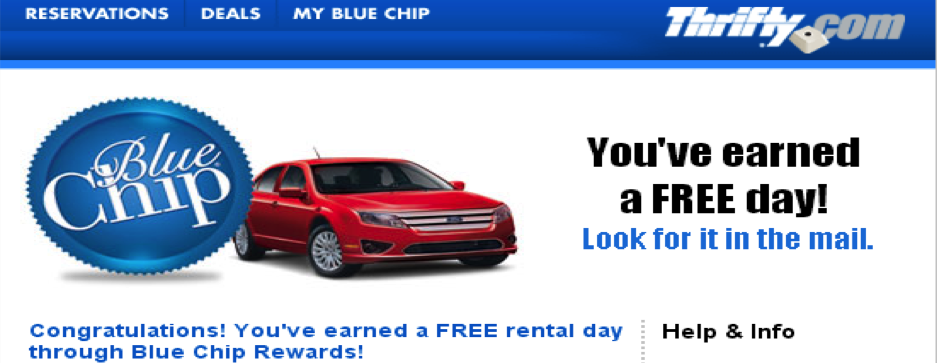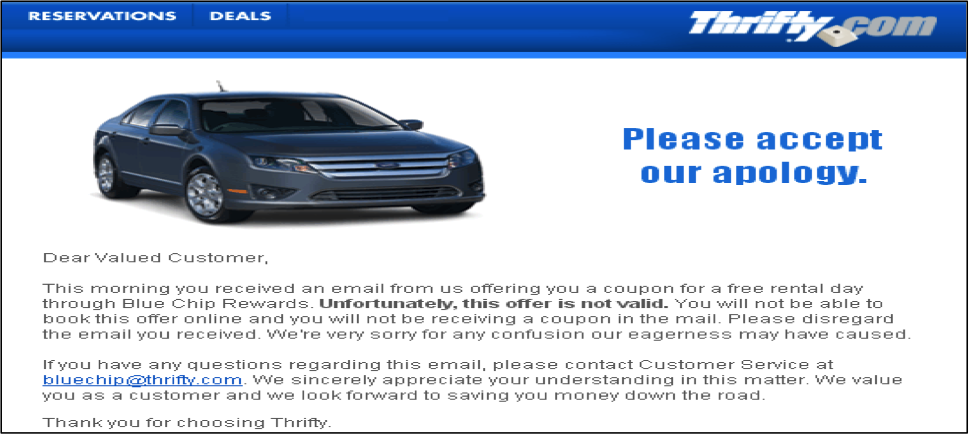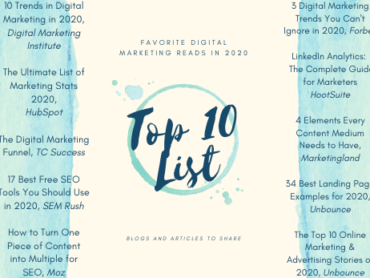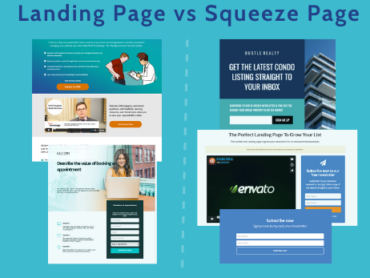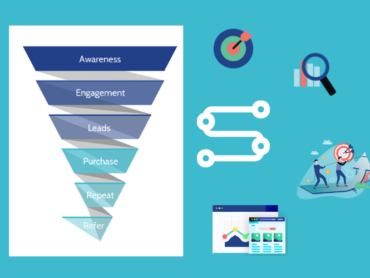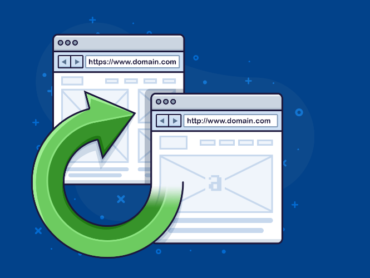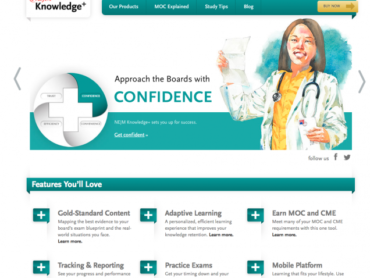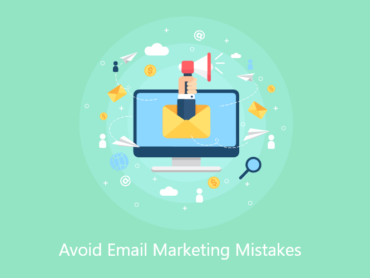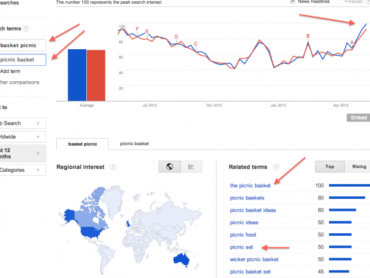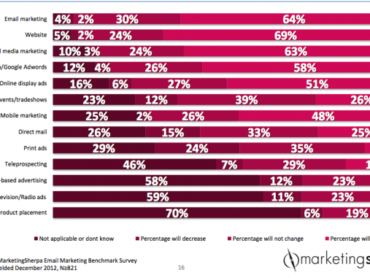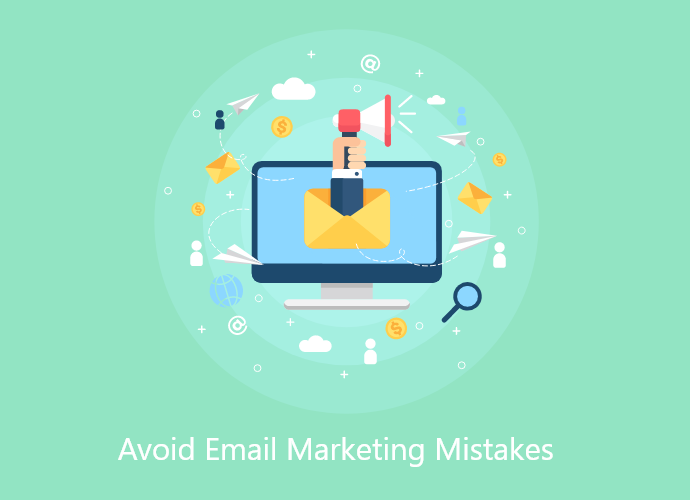
How to Avoid Email Marketing Mistakes
There is nothing as stressful as pushing the “Send” button on a big email.
Well, unless of course it is seeing the panicked face of your boss coming down the hall with a copy of your latest email in her hand.
As businesses have become more reliant on e-mail as a part of the marketing mix – (and count on it for instant impact) it is important that your marketing email campaigns be planned out ahead of time and tested thoroughly. Glaring mistakes in email campaigns are embarrassing for everyone, and in my experience, most of the time could have been prevented. Maybe this list of prevention ideas will save you some of that less-than-fun “experience.”
Take for example, this email I received from Thrifty Car rental. The email shows that I earned a free day on my next car rental, and that I would receive a coupon in the mail.
When I received this email, I was excited for the “Free Day” (although I didn’t think I had done enough business to earn one), and was feeling very good about the Thrifty car company. Truth be told, I was pretty pumped about it! Unfortunately, the email I had received turned out to be a mistake, and Thrifty sent me a follow up email rescinding the offer.
Clearly, a mistake of this magnitude on the part of Thrifty caused a lot of angst for the marketing department, and somebody was surely feeling the pinch. This wasn’t the first time I had seen (or been part of) such a mistake in a marketing email campaign. So I decided to take this opportunity to explore common reasons why email mistakes are made, and how they can be prevented.
How to C.Y.A. and Avoid Email Marketing Mistakes
In my experience, the pressure of meeting a deadline is often the greatest factor that contributes to email marketing mistakes. 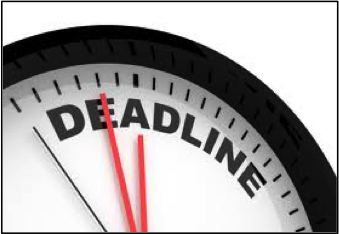 Do not let time pressure be the reason you hit the “go” button. Only after you are completely sure that you have gone through all of the QA steps, and feel comfortable that the email is in good shape, should you send it. No matter how much pressure you are under to get the email out, it could never equal the amount of pressure you will get once you send out an email with a mistake in it.
Do not let time pressure be the reason you hit the “go” button. Only after you are completely sure that you have gone through all of the QA steps, and feel comfortable that the email is in good shape, should you send it. No matter how much pressure you are under to get the email out, it could never equal the amount of pressure you will get once you send out an email with a mistake in it.
Follow a set of operational phases & steps to ensure that your email is perfect.
Phase I – Pre-Production
1. Be Pro-Active. The best way to avoid (or at least alleviate) the time pressure is be in control of the ship. This means you have to take the time to document and sequence of all of the steps in your email production process and assign time frames to each. Then schedule your mailings in advance and follow the schedule. That helps you and others understand that the deadlines are real and missing them will affect the scheduled mail date. Be sure to communicate your production process to the people you work with. Nothing works better than a nice, large, official-looking schedule posted on your wall to keep you on track and to get cooperation from others. It also has the benefit of allowing you to turn to it thoughtfully and say, “Let me see….” when someone comes into your office with a request for a last minute mailing or change. It’s no longer about you, it’s about the schedule! As it should be. Voilà, less pressure. Remember the old adage that “You teach people how to treat you?” Well that goes for email production as well.
Phase II – Production
2. Think, Build and Check! Now you have a plan, it’s time to put it into action. While building your email components, have and refer to a checklist so that these steps become routine.
The Pesky Details. What is it about numbers that make us skip right over them? Look over prices, call the phone numbers yourself, and whatever you do, make sure you got that Director’s title correct! The extra moment it takes you to double check the details will help you sleep at night. And speaking of sleep, if at all possible review the email the next day after a good night’s sleep.
Promo Codes. If you have codes embedded in URLs that trigger special pricing or SKUs, be sure to test a few different ones, and follow the links all the way to the landing pages.
Check every link. My philosophy is that you can’t have too many links in your email, even if they all go to the same place. But once they are in there, check them all.
Spelling & Grammar. Run your email through a spellchecker (cut and paste into Word), and check the grammar yourself. Read it out loud to see if it makes sense. And double-check the spelling in your graphics. I’ve had designers give me beautiful images with misspellings in them. (Ever been to the “Bronz” Zoo?)
Subject Line. Don’t wait until you are just about to send your email to think about the subject line. Make sure this part of the copy package that everyone is reviewing from the outset. And during live testing, read this as if for the first time. Does it make a good transition from preview pane to open? Subject lines can look different in each email client and need to be reviewed in that context.
Personalization. Make sure it is in the right place, pulling the correct data, and that your default value (in place of an empty field value) works and makes sense. Create test data to view in your test list and put both long and short values into the fields to see their effect on spacing.
Phase III – Live Testing
3. Create a regular test list with 3-5 of your own email addresses and look at all of them. Look at them in web mail and in your email client. You should also recruit 3-5 people in your group that will agree look over your tests and provide feedback. And please don’t depend on people who are too busy to help! You can’t assume that “silence is golden” and that someone would have told you if something was wrong. Be sure they actually forward it to you with edits or approval. Swap in new people if your proofers become unresponsive.
4. Check Your Rendering. Look at the email in a number of browsers and on different platforms. Make sure the graphics load properly, columns are aligned and that the text is correct. Sign up for different email accounts and check in lots of formats, Gmail, Yahoo, Outlook, Mobile, Tablet, etc. Try a paid program if this gets to be too hard to manage. Litmus and Return Path are excellent options for this.
5. Don’t send the email to the entire list all at once. This is especially true for large campaigns. Some systems allow you to “stagger” your campaign and sent it out a little at a time. If your system does not accommodate this you can also set up an A/B test with 5% going out against another 5%. This allows your email to get out there in small segments, allowing you to uncover any problems or negative reactions before it goes out to the whole list. And of course, it is an opportunity to test your subject line as well.
Side note -> Here’s a great article on A/B testing
What If A Mistake Does Happen?
If you ever do make a mistake, do the right thing. Try to do what you can to satisfy the customer. If you made a mistake on price, do your best to honor it. If you promised something you can’t deliver, offer something of lesser value to make up for it. Thrifty Car Rentals could have honored their mistaken “Free Day” rental with something as simple as 10% off and gained the favor of its customers instead of losing face.
Email mistakes can bring plenty of attention. But if you handle it well, you could actually turn the situation around to your benefit. The follow up “apology” emails often have the highest open rate of any kind of email. While you have people’s attention, you have the opportunity to address the mistake and come out in a favorable light. Wait until you see what open rate a “Sorry, we made a mistake!” email gets. Resend your email with an attention-getting subject line and an explanation that makes them like you more, not less. Be honest and tell them what happened. People like companies that are human. And humans make mistakes.
Take Your Time, Double Check, and Succeed
Try following these steps when creating your emails. By pro-actively managing the pressure of deadlines, building in an automatic QA process and carefully testing your emails, you can prevent embarrassing mistakes and ensure success. Once you are sure that your email is ready, you can hit “Send” and relax, knowing that your email is well done and mistake-free. But if you are human, and something does go wrong, make lemonade!
I would love to hear your experiences with mistakes, how you prevent them and when they did happen, how you handled them.
Kathryn

